Into The Wild
Complete at least six of the following Requirements.
Collect and care for an “insect, amphibian, or reptile zoo.” You might have crickets, ants, grasshoppers, a lizard, or a toad (but be careful not to collect or move endangered species protected by federal or state law). Study them for a while and then let them go. Share your experience with your Webelos den.
Set up an aquarium or terrarium. Keep it for at least a month. Share your experience with your Webelos den by showing them photos or drawings of your project or by having them visit to see your project.
Learn about the bird flyways closest to your home. Find out which birds use these flyways.
Watch at least four wild creatures (reptiles, amphibians, arachnids, fish, insects, or mammals) in the wild. Describe the kind of place (forest, field, marsh, yard, or park) where you saw them. Tell what they were doing.
Give examples of at least two of the following:
a. A producer, a consumer, and a decomposer in the food chain of an ecosystem
b. One way humans have changed the balance of nature
c. How you can help protect the balance of nature
Learn about aquatic ecosystems and wetlands in your area. Talk with your Webelos den leader or family about the important role aquatic ecosystems and wetlands play in supporting life cycles of wildlife and humans, and list three ways you can help.
Do ONE of the following:
a. Visit a museum of natural history, a nature center, or a zoo with your family, Webelos den, or pack. Tell what you saw.
b. Create a video of a wild creature doing something interesting, and share it with your family and den.



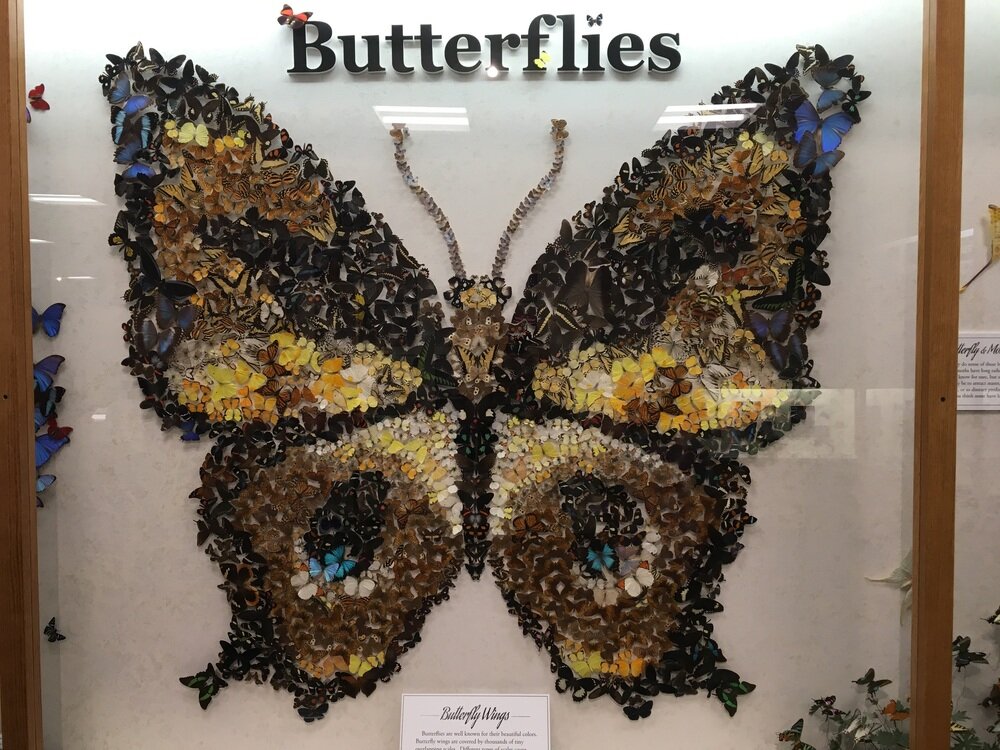

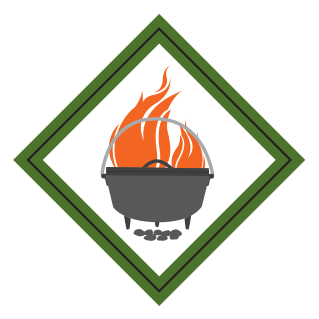
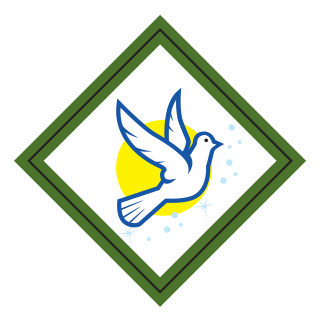
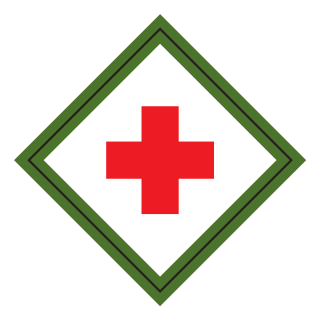
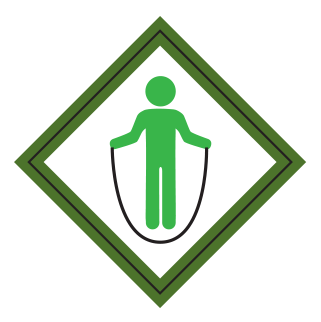
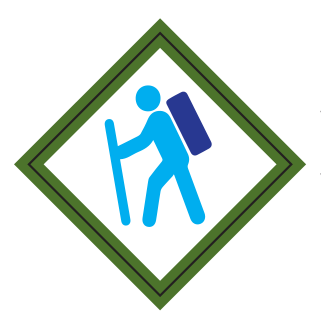

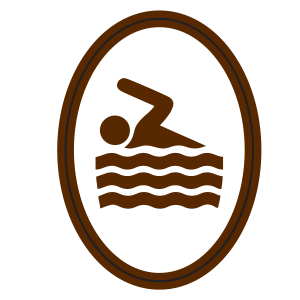


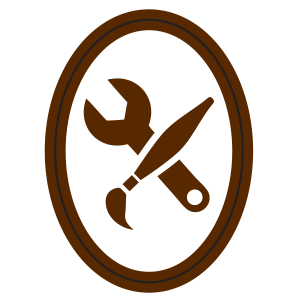

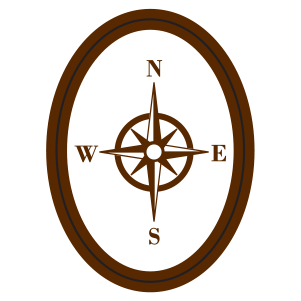


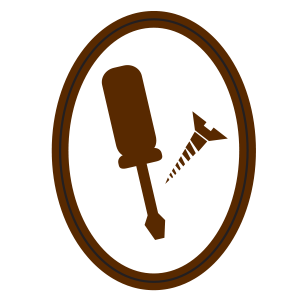








Migratory birds flying south for the winter and north for the spring.